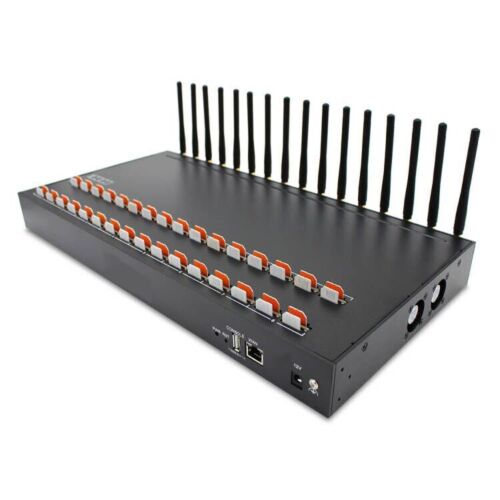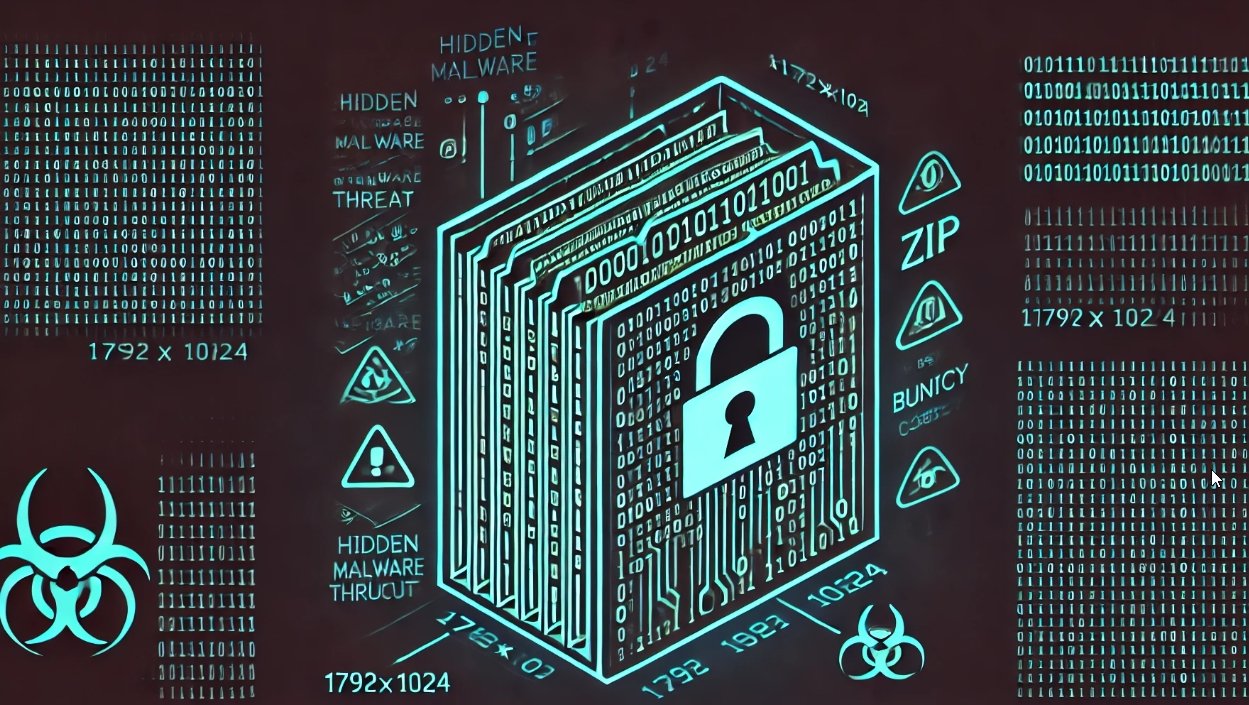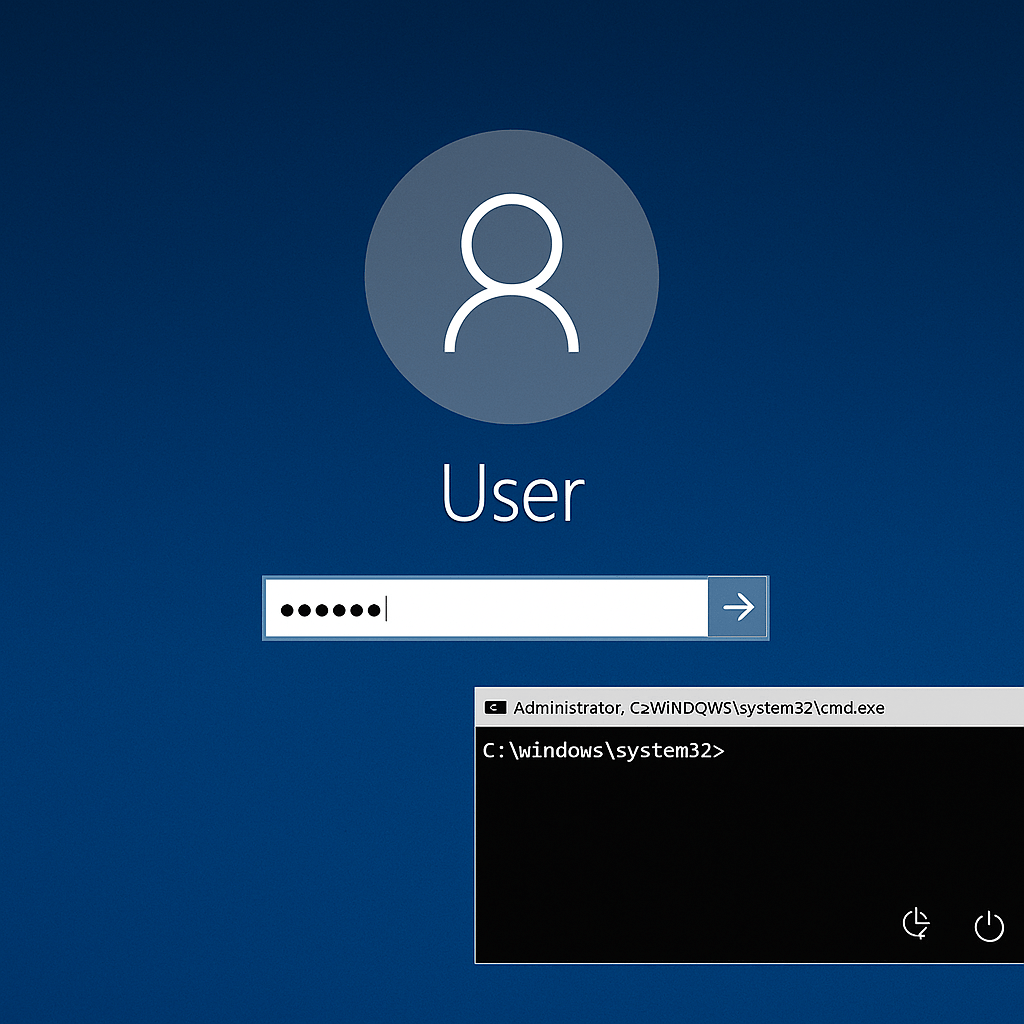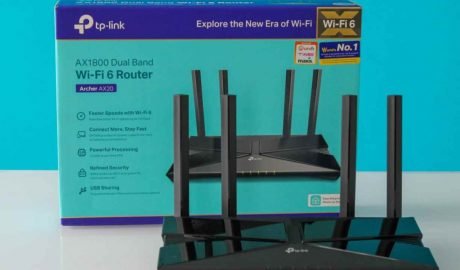A new zero-click vulnerability, CVE-2024-49415, has been uncovered by a Google Project Zero researcher, highlighting a critical flaw in Samsung’s implementation of Rich Communication Services (RCS). This vulnerability, with a CVSS score of 8.1, could allow attackers to execute code remotely on affected devices without any user interaction. Here, we explore the technical details, how the exploit works, and the broader implications for device security.
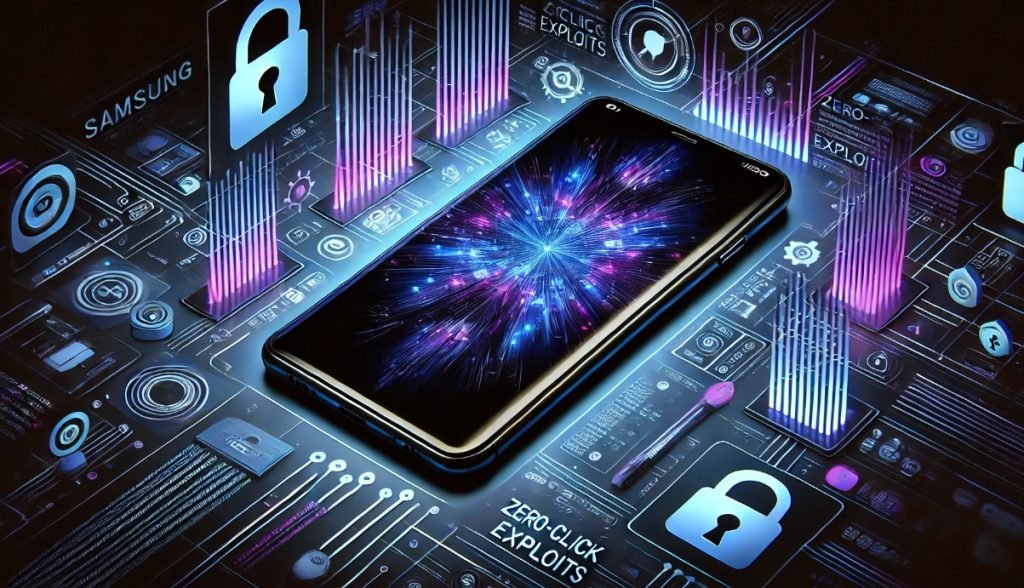
What is RCS?
Rich Communication Services (RCS) is a modern messaging protocol designed to replace SMS and MMS. It provides advanced features such as:
- Group chats
- High-resolution multimedia sharing
- Typing indicators
- Read receipts
However, the enhanced functionality comes with added complexity, which can open up vulnerabilities when improperly implemented.
The Nature of CVE-2024-49415
The vulnerability lies in Samsung’s handling of RCS messages, specifically in how incoming data is parsed and processed. The flaw enables remote code execution (RCE) via malicious RCS packets.
- Root Cause:
- Improper Input Validation: The RCS implementation fails to adequately validate incoming message data, allowing oversized or malformed payloads to bypass checks.
- Memory Corruption: Attackers can exploit weaknesses in memory handling to cause buffer overflows or other memory corruption issues.
- Authentication Flaws: Inadequate verification of incoming messages allows attackers to spoof legitimate RCS servers and inject malicious payloads.
- Attack Characteristics:
- Zero-Click Nature: No user interaction is required; the exploit executes automatically upon receiving the malicious RCS message.
- Remote Delivery: The attacker sends the payload through legitimate RCS delivery mechanisms, leveraging vulnerabilities in Samsung’s RCS framework.
How the Exploit Works
Step 1: Reconnaissance
The attacker identifies target devices that are using Samsung’s RCS features. This can involve reverse-engineering the RCS protocol to locate vulnerabilities.
Step 2: Crafting the Payload
The attacker constructs a malicious RCS message that includes:
- Malformed headers designed to bypass basic validation checks.
- Oversized data fields to trigger memory overflows.
- Embedded code that will execute on the target device upon exploitation.
Step 3: Delivery
The malicious RCS message is delivered to the target device via:
- Telecom infrastructure handling RCS delivery.
- IP-based messaging systems linked to the target’s RCS client.
Step 4: Exploitation
When the target device receives the message:
- The RCS client parses the message automatically.
- The malformed payload triggers:
- Buffer Overflows: Overwriting memory regions, allowing malicious code injection.
- Logic Exploitation: Hijacking legitimate workflows to execute unauthorized functions.
Step 5: Remote Code Execution
The attacker’s code executes with the privileges of the RCS client, allowing:
- Access to sensitive files, messages, and multimedia.
- Remote monitoring of the device (e.g., activating the microphone or camera).
- Installation of persistent malware for ongoing control.
Step 6: Maintaining Persistence
The attacker may:
- Install a backdoor for continued access.
- Exploit RCS features to exfiltrate data.
- Erase traces of the attack by clearing logs or disabling alerts.
Technical Weaknesses
- Bounds Checking:
- Insufficient validation of incoming message sizes and structures leads to vulnerabilities such as buffer overflows.
- Memory Management:
- Flaws in allocation and deallocation of memory (e.g., use-after-free) create opportunities for exploitation.
- Authentication Failures:
- Inadequate checks allow attackers to impersonate legitimate RCS endpoints.
Real-World Implications
- Stealthy and Hard to Detect: The zero-click nature makes this exploit particularly dangerous as it doesn’t require user interaction.
- Global Impact: Millions of Samsung devices using RCS are at risk, significantly broadening the attack surface.
- High-Stakes Consequences: Compromised devices can leak sensitive information, serve as espionage tools, or act as part of a larger botnet for distributed attacks.
Mitigation Efforts
Samsung’s Response
Samsung has released a patch to address the vulnerability. Key measures include:
- Input Validation:
- Ensuring all incoming RCS messages are sanitized for size and format.
- Memory Safety Improvements:
- Fixing memory allocation and deallocation processes to prevent overflows.
- Authentication Enhancements:
- Implementing stricter sender verification mechanisms.
Recommendations for Users
- Update Devices: Install the latest firmware updates immediately.
- Disable RCS Temporarily: If patches are unavailable, disabling RCS reduces exposure.
- Monitor Device Activity: Watch for unusual behavior, such as unexpected messages or data usage.
Broader Lessons
- Complexity Increases Risk: Advanced protocols like RCS require robust implementation to avoid exploitable vulnerabilities.
- Zero-Click Exploits are Dangerous: Removing user interaction makes these attacks harder to detect and mitigate.
- Proactive Security is Essential: Efforts by researchers like Google Project Zero are critical for uncovering and addressing vulnerabilities before they are exploited in the wild.
CVE-2024-49415 highlights the need for vigilance in developing and deploying modern communication technologies. While Samsung’s quick response mitigates the immediate risk, the broader security challenges posed by zero-click vulnerabilities demand ongoing collaboration between manufacturers, researchers, and the cybersecurity community.

Information security specialist, currently working as risk infrastructure specialist & investigator.
15 years of experience in risk and control process, security audit support, business continuity design and support, workgroup management and information security standards.

